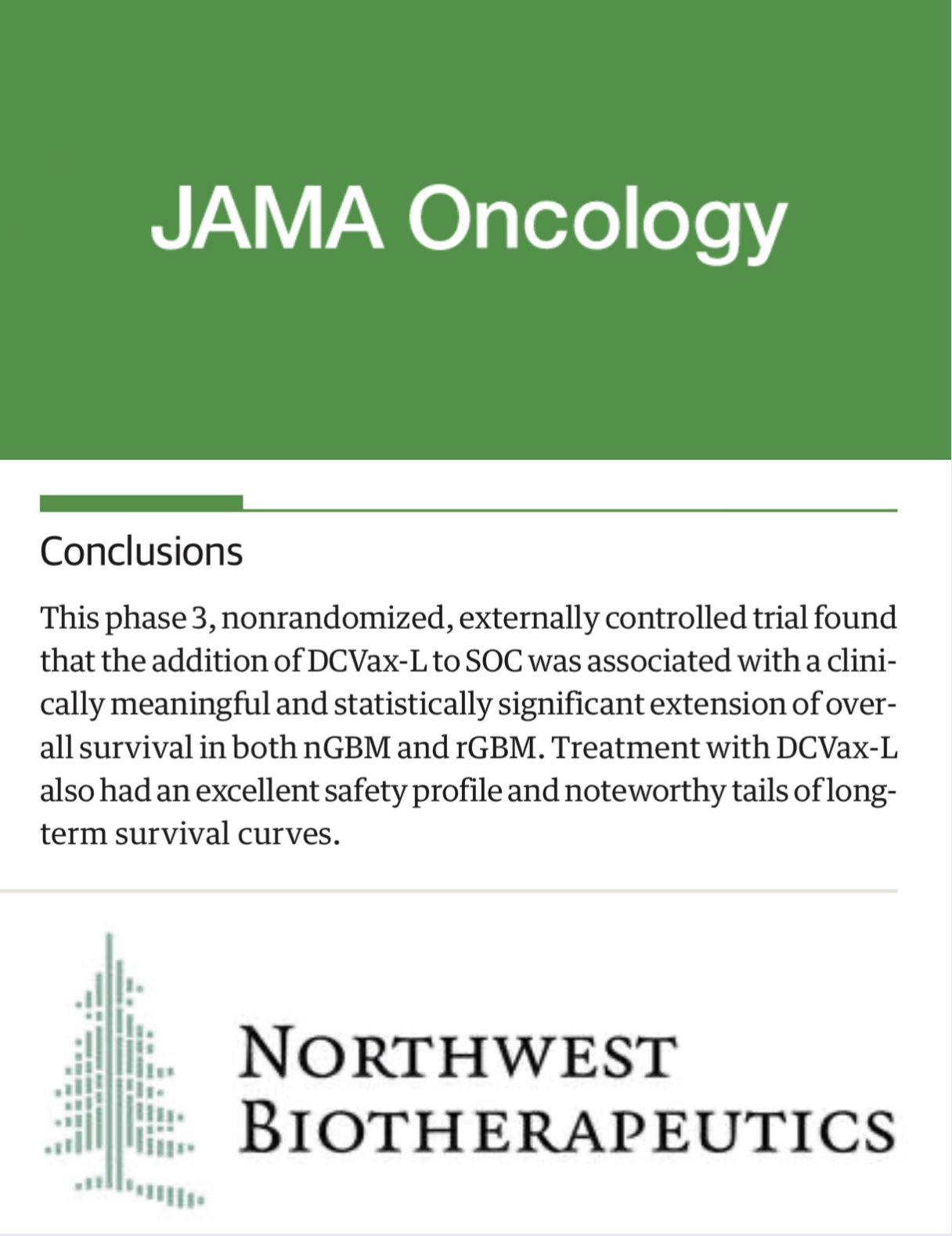Childhood Cancer Survivorship Globally: A Systematic Review.
IF 20.1
1区 医学
Q1 ONCOLOGY
引用次数: 0
Abstract
Importance As childhood cancer survival improves worldwide, supporting the growing survivor population, who are at increased risk of morbidity and mortality compared with the general population, is critical. No prior publications have summarized the landscape of childhood cancer survivorship research globally and encompassed high-income countries (HICs) and low-income and middle-income countries (LMICs). Objective To describe the global distribution of childhood cancer survivorship research, including country of origin and study focus, with a systematic review. Evidence Review The Global Index Medicus, CAB Direct, Embase, and PubMed were searched for childhood cancer survivorship studies published between January 1, 1980, and September 1, 2021. Included studies had full texts available and measured multimorbidity or classic survivorship outcomes in children who received a diagnosis of cancer when younger than 20 years. Two reviewers separately screened studies for eligibility. Studies were categorized by World Bank income group and World Health Organization region. Survivorship domains were classified using an existing framework and included mental, physical, or psychosocial health, recurrences and new cancers, and health promotion. Basic quality metrics were assessed, including sample size, source, and uncertainty reporting. χ2 And Fisher tests were used to compare income groups and regions, linear regression for associations between publication year and income group or study domains, and the Mann-Whitney U test for sample size. Findings A total of 1558 studies were included from 43 countries and territories, with HICs and the combined World Health Organization American and European regions disproportionately represented (1478 [95.2%] and 1436 [92.5%], respectively, of all cohort and cross-sectional studies [n = 1553]). The proportion of LMIC studies increased over time. Physical effects predominated among survivorship domains studied, particularly in LMICs compared with HICs. In HICs, cohort and cross-sectional sample sizes were larger (median, 276.5 [IQR, 80.0-1732.5] vs 87.0 [IQR, 50.0-130.0]) and more often drawn from the entire population or multiple rather than single institutions. Conclusions and Relevance This systematic review results suggest that the global compendium of childhood cancer survivorship data does not reflect the global population of survivors. Supporting survivorship research in diverse regions and areas of study is crucial to achieving equitable long-term outcomes globally.全球儿童癌症存活:一项系统综述。
随着世界范围内儿童癌症生存率的提高,支持日益增长的幸存者群体至关重要,与一般人群相比,他们的发病率和死亡率风险更高。以前没有出版物总结了全球儿童癌症生存研究的概况,包括高收入国家(HICs)和低收入和中等收入国家(LMICs)。目的对儿童癌症存活研究的全球分布、来源国和研究重点进行系统综述。检索了全球索引Medicus、CAB Direct、Embase和PubMed,检索了1980年1月1日至2021年9月1日期间发表的儿童癌症存活研究。纳入的研究有全文可用,并测量了20岁以下被诊断为癌症的儿童的多病或典型生存结果。两位审稿人分别筛选了研究的合格性。研究按世界银行收入组和世界卫生组织区域分类。使用现有框架对生存域进行分类,包括精神、身体或社会心理健康、复发和新发癌症以及健康促进。评估了基本的质量度量,包括样本量、来源和不确定性报告。χ2使用Fisher检验比较收入群体和地区,使用线性回归检验出版年份与收入群体或研究领域之间的相关性,使用Mann-Whitney U检验检验样本量。研究结果:共纳入了来自43个国家和地区的1558项研究,其中高收入国家和世界卫生组织合并的美洲和欧洲地区比例不成比例(在所有队列和横断面研究中分别为1478项[95.2%]和1436项[92.5%])。LMIC研究的比例随着时间的推移而增加。与高收入国家相比,物理效应在研究的生存域中占主导地位,特别是中低收入国家。在hic中,队列和横断面样本量更大(中位数为276.5 [IQR, 80.0-1732.5] vs 87.0 [IQR, 50.0-130.0]),并且更多地来自整个人群或多个而不是单个机构。结论和相关性本系统综述的结果表明,全球儿童癌症生存数据汇编并不能反映全球的生存人口。支持不同地区和研究领域的生存研究对于在全球实现公平的长期结果至关重要。
本文章由计算机程序翻译,如有差异,请以英文原文为准。
求助全文
约1分钟内获得全文
求助全文
来源期刊

JAMA Oncology
Medicine-Oncology
自引率
1.80%
发文量
423
期刊介绍:
JAMA Oncology is an international peer-reviewed journal that serves as the leading publication for scientists, clinicians, and trainees working in the field of oncology. It is part of the JAMA Network, a collection of peer-reviewed medical and specialty publications.
 求助内容:
求助内容: 应助结果提醒方式:
应助结果提醒方式:


